First locals recall moving into 'vibrant' new town
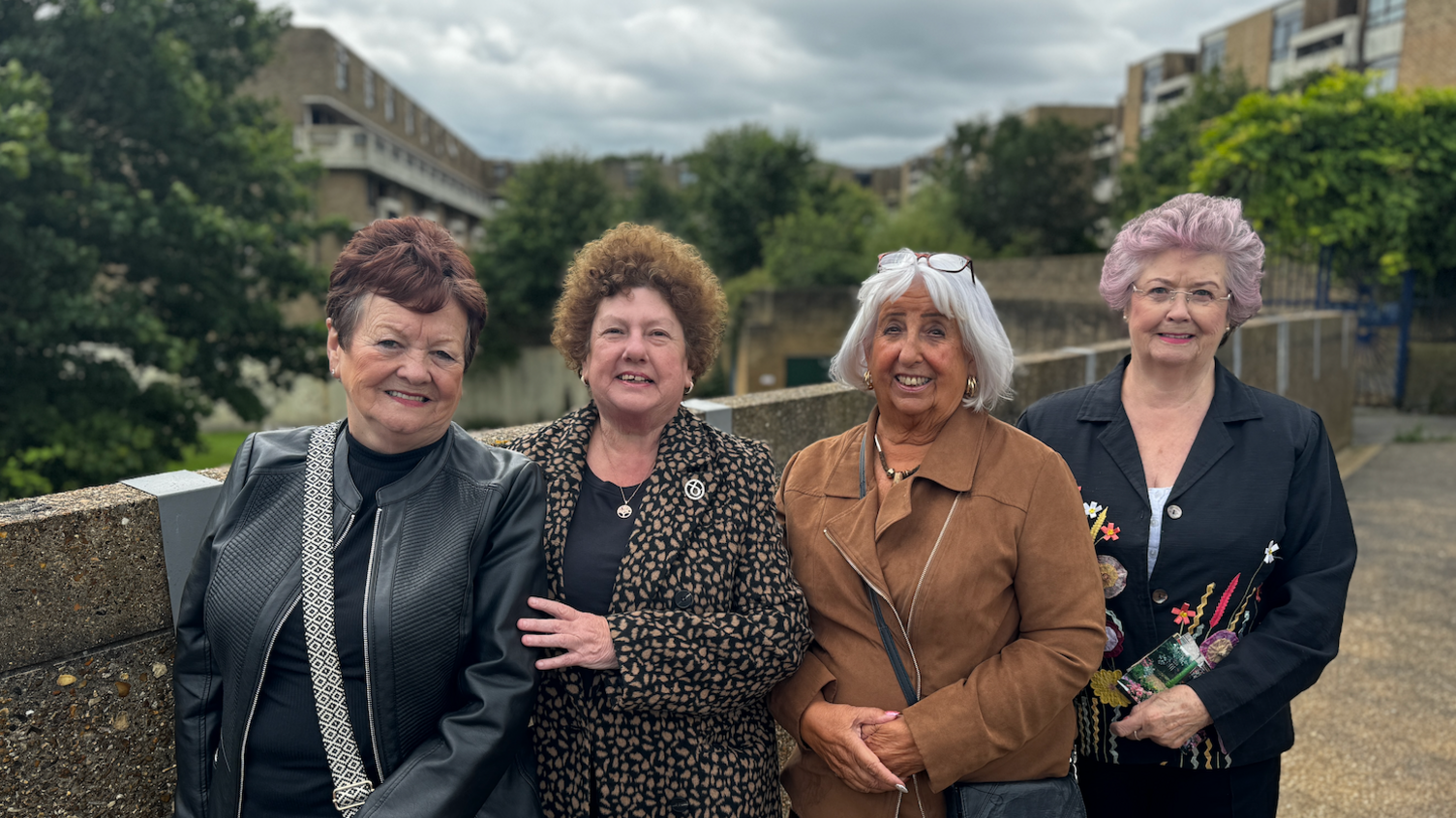
Gladys Dorman, Denise Graham, Mavis Henderson and Brenda Naisby all worked at the former Philips Factory in the Stephenson Estate
- Published
Sixty years ago, somewhere on 5,300 acres of land in the middle of three major cities, the first steps to build a state-of-the-art town were taken. The BBC tracked down the people who helped make Washington New Town a reality, and the first locals to call it their home.
Designated a new town in 1964, Washington would become the third of its kind to be built in north-east England in two decades, with Newton Aycliffe and Peterlee already up and running.
It was designed to coincide with the gradual closure of mining pits across the UK, but it would have a lot to prove.
It had to try to entice new and young families, but also manage the ill feeling from people in the pit communities that would soon be absorbed into the new town.
Nestled in largely open space between Newcastle, Sunderland and Durham, 18 villages would be reimagined, and some created, but all eventually merged to create one big town with an intended population of 80,000.
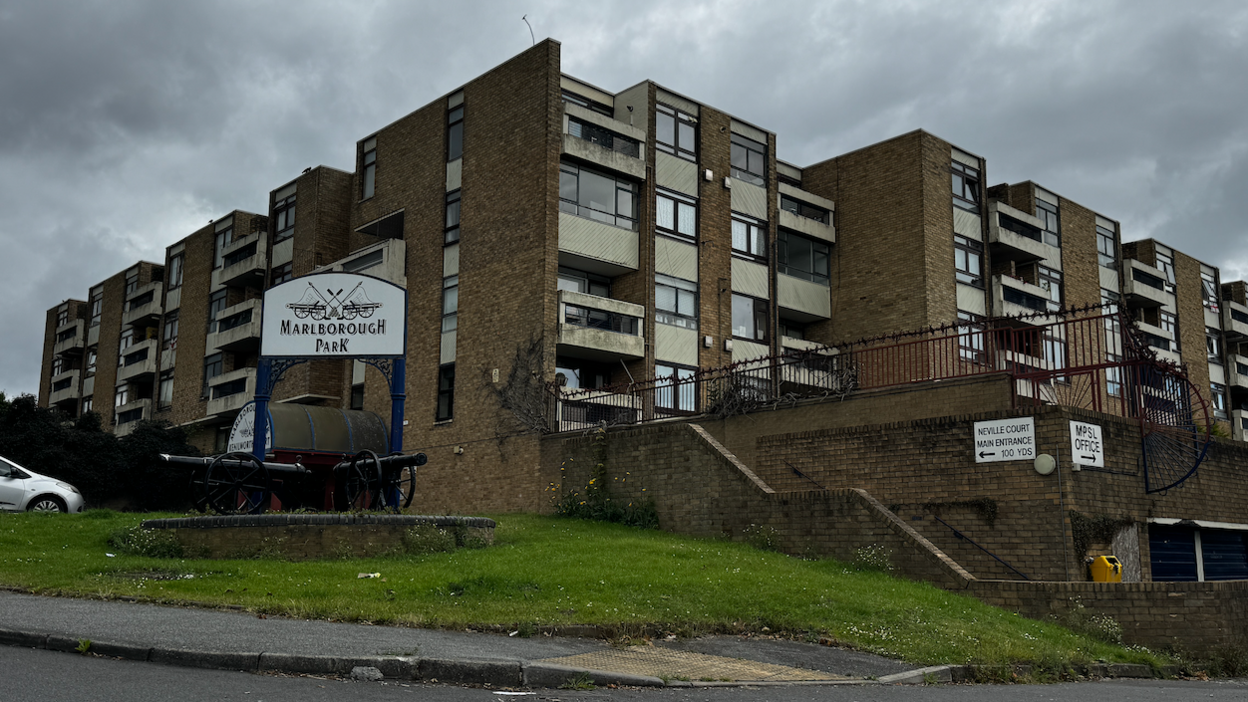
The Waterloo Walk flats were among the first of many radical new buildings to be built in the area
Mavis Henderson recalls the feeling of moving into her flat in Waterloo Walk, also known as Marlborough Park, in Sulgrave, back in 1968.
"I'd never had an inside toilet from the day I was born, I thought I'd died and gone to heaven," she says.
She was bought by the slick advertisement of new opportunity, and a new home with all the mod-cons. She remembers it vividly, the feeling of happiness and the "very close knit community".
Around about this time, signs of a new town were well in the making.
The first factories at both the Stephenson and Parsons Industrial Estates were occupied, and many more families were moving to the area.
'A lovely time'
Brenda Naisby lived nearby, on the outer road of Sulgrave, for nearly three decades.
She remembers the buzz in the air and the sheer amount of new production going on, while collieries were still in use.
She says: "[There was] lots of new housing, lots of industry, lots of roads and we were young. Our families were young and I think it was a lovely time.
"It was quite vibrant... and it was lovely walking past the [Usworth Colliery] miners."
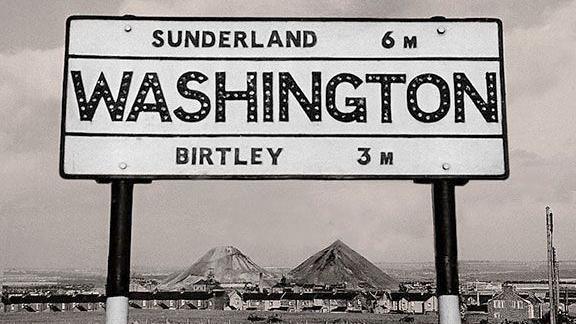
Parts of Washington were occupied by collieries
But the first few years of the new town were tumultuous.
It saw the crossover between old and new, with the arrival of fresh industry, but the coincidental loss of collieries.
The 'F' Pit would be the among the first in the area to close in 1968, with each colliery following suit until the last, Usworth Colliery, shut down in 1974.
Many surrounding pit villages were earmarked for redevelopment were purposely not maintained as a result, says the area's historian Ged Parker.
"To run down the existing areas, take over the restoration of the pits, replace them with a total infrastructure, including employment areas, housing [and] retail, to attract residents and jobs - it literally transformed the area," he says.
Although, he explains, attempts were made to integrate the existing settlements with newer residential areas, it still meant the demolition of most "substandard homes".
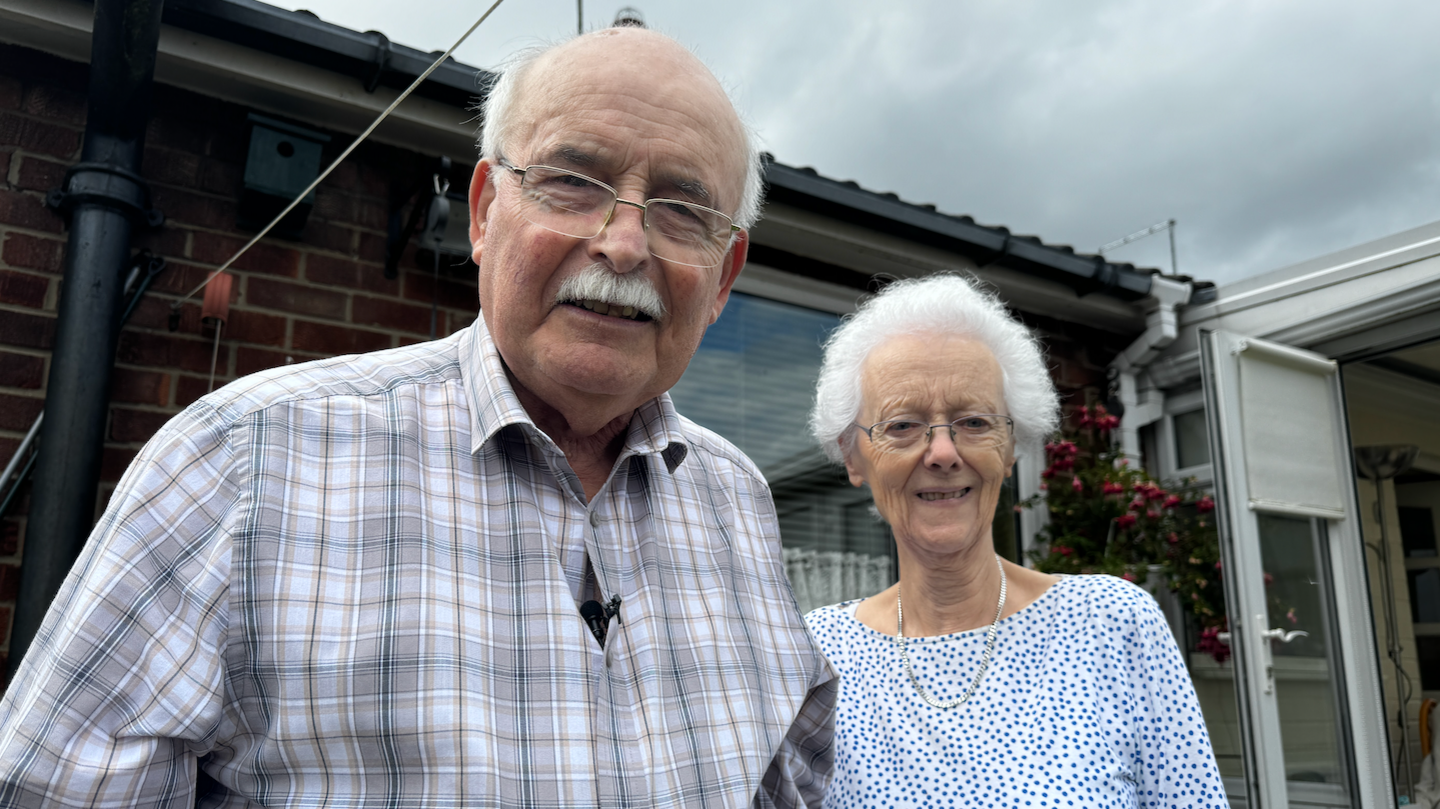
Robert and Maureen Hope moved to the new town in 1966 when their home was just under two years old
This is something Robert Hope, who relocated from Newcastle to the new town's Garden Estate in 1966 with his wife Maureen, knows only too well.
He secured a job on the Washington Development Corporation (WDC), the board which was responsible for building up the town.
"The atmosphere I got when I came to live here was there was a lot of resentment about the development," he says.
"The whole strategy of building a new town wasn’t just to house people, but provide alternative employment because the mining industry was the be all and end all."
He says he joined Top Club, a social club made up mostly of miners, who would ask him where he worked.
"I'd say 'the development corporation' and you'd get the whole mouthful," he remembers. "But I think they came to terms with it."
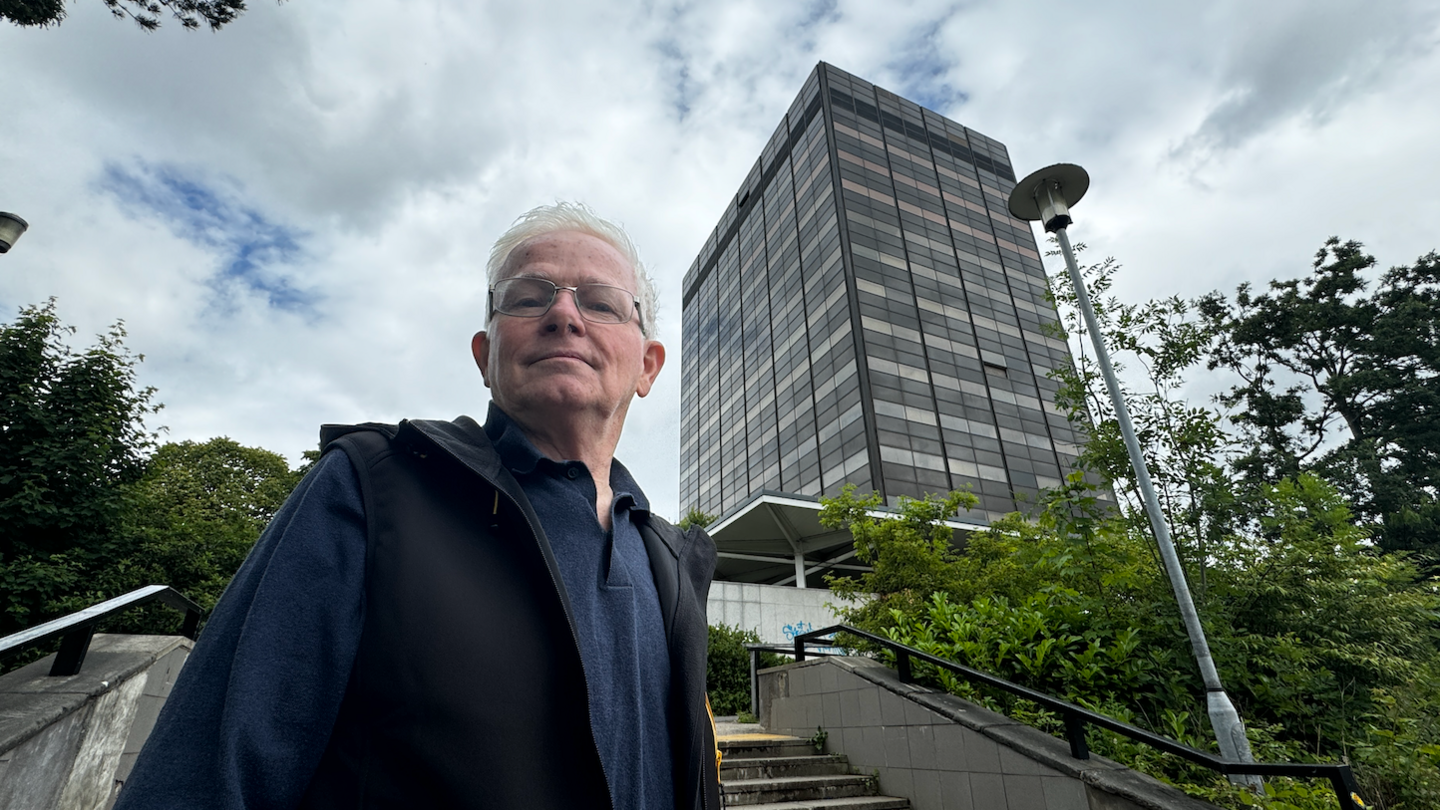
Ged Parker stands in front of the now vacant Durham House, which is opposite the Galleries Shopping Centre
But Washington was becoming known for its innovation.
The Galleries Shopping Centre, which is regarded as the official town centre, first opened in 1973 and became the first covered mall in the region.
"It drew a catchment for up to 30 miles and a very good reason was because it was the only place you could buy Sainsbury's goods in the north of England," Ged says.
Labour to select new town sites by end of first year
- Published21 May 2024
Some locals tell the BBC that parts of the town have now become run down and in need of significant refurbishment.
But the anniversary of Washington New Town comes as North East Mayor Kim McGuiness pushed forward plans to bring the Tyne and Wear Metro to the town.
More than £8m is being spent on putting forward business case to potentially reopen parts of the disused Leamside Line, which runs through the town.
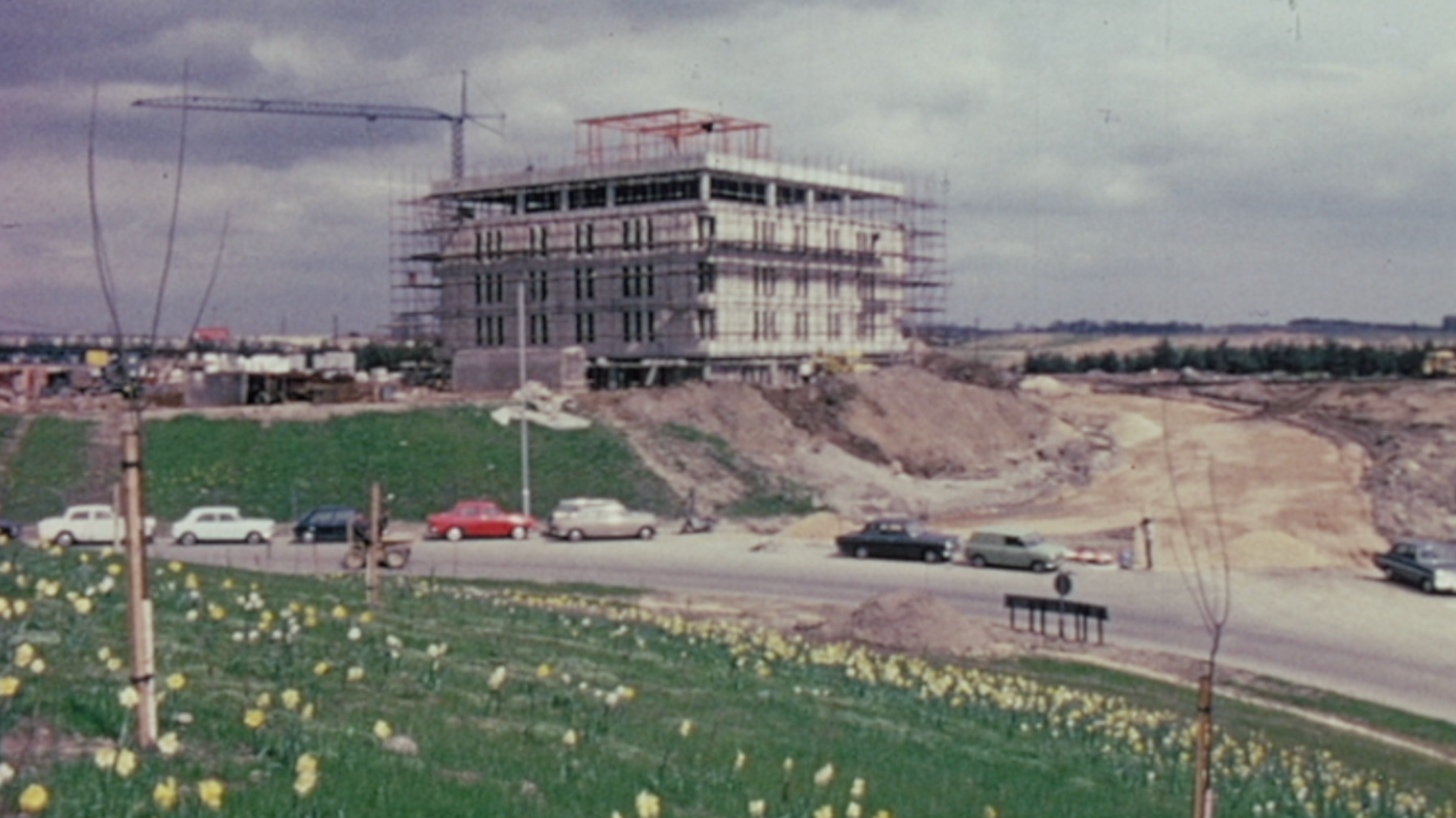
Washington, which saw the majority of its buildings built between the 60s and 70s, sits between Gateshead, Sunderland and Durham
The bold project to make use of former colliery land is still regarded as victorious by the people who helped turn blueprints into real buildings.
"I think Washington has been a great success," former development corporation worker Robert says.
"I enjoy the view when I used to drive from Shiney Row, down the Washington Highway, to see the trees and the greenery.
"You just can't beat it."
Follow BBC Sunderland on X (formerly Twitter), external, Facebook, external and Instagram, external. Send your story ideas to northeastandcumbria@bbc.co.uk.
Related topics
More stories from BBC North East and Cumbria
- Published11 July 2024

- Published20 May 2024
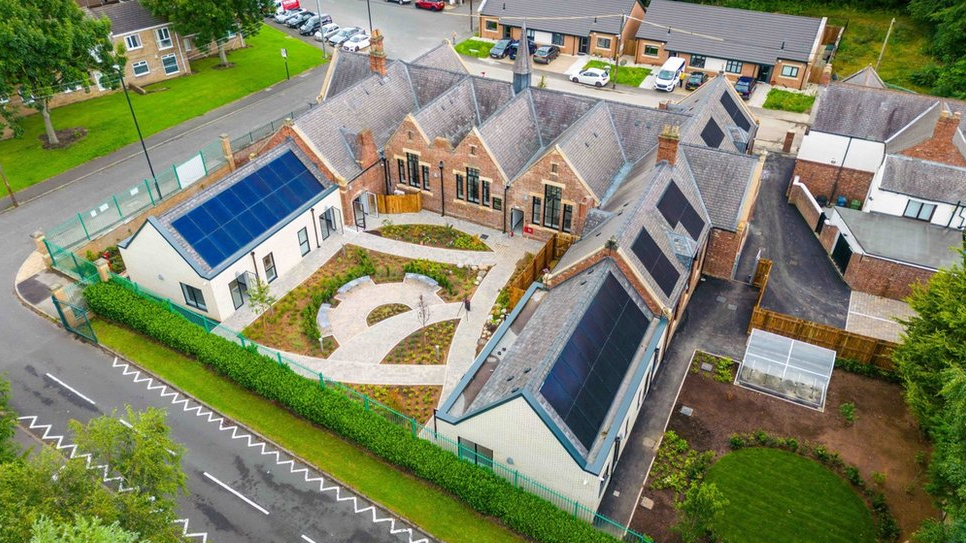
- Published14 May 2024
